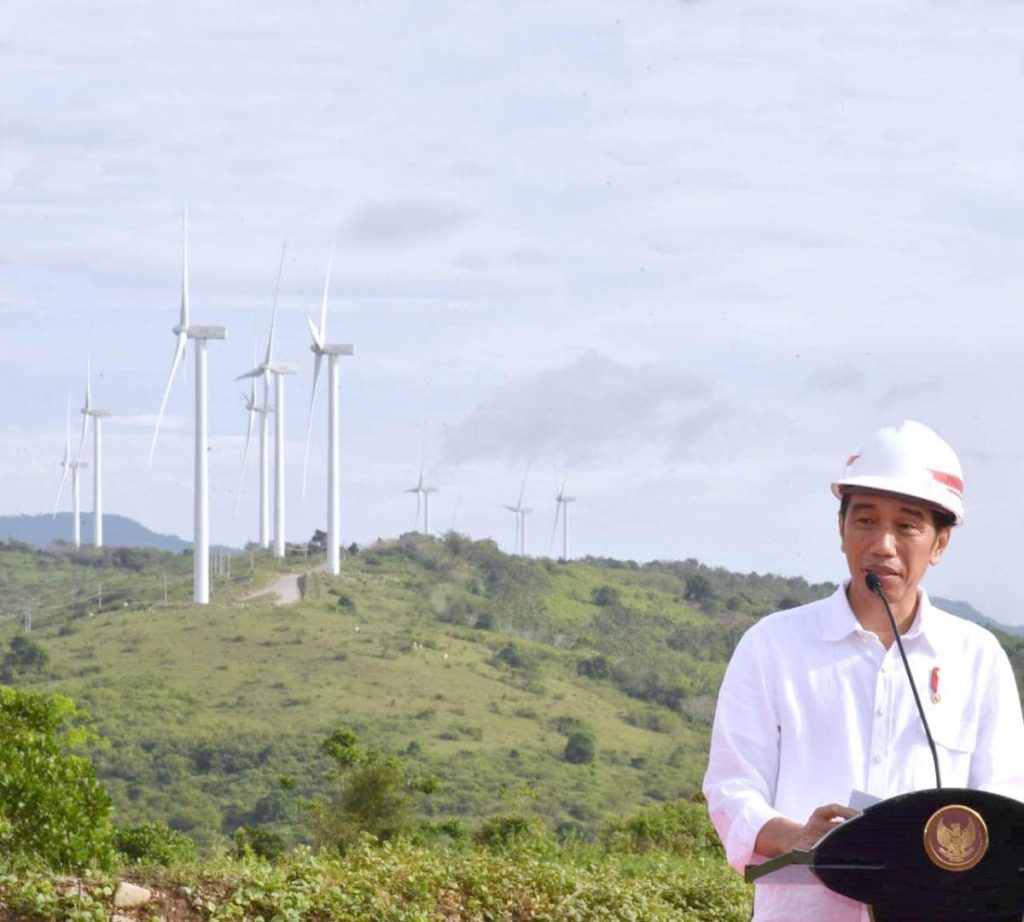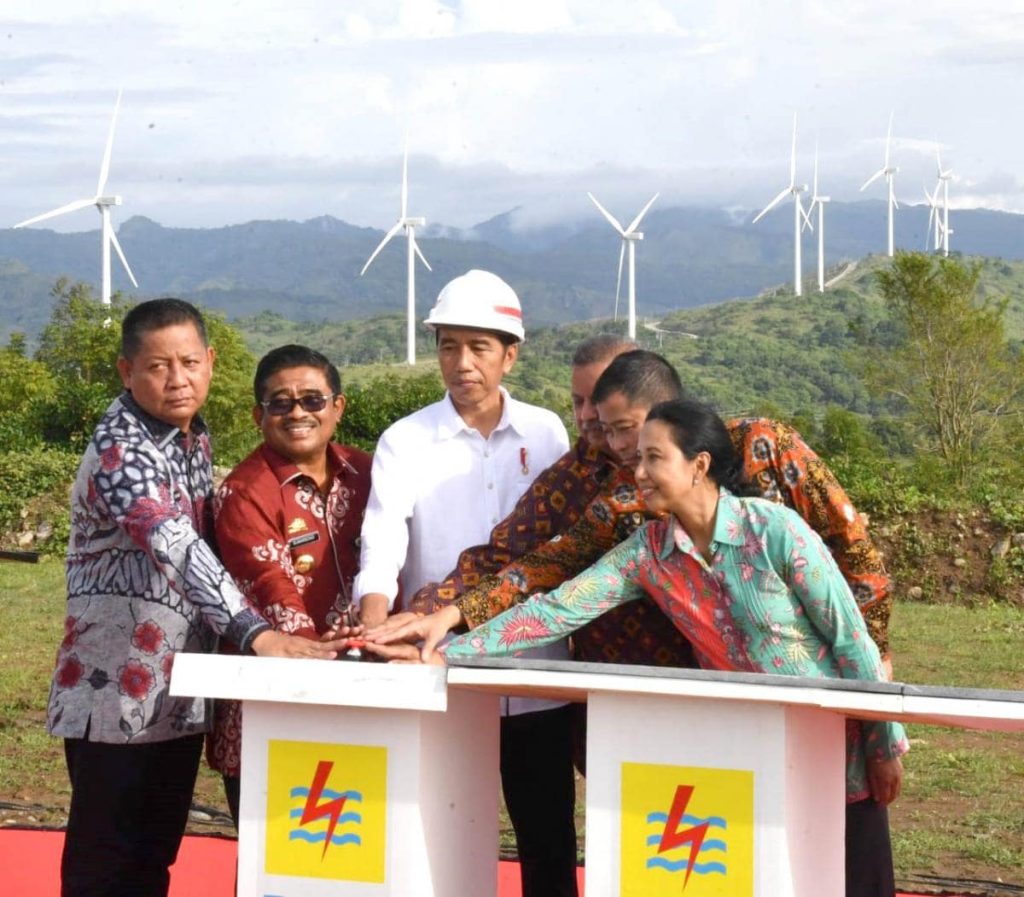Ayala Corporation’s net income expanded seven percent in the first half of the year to ₱16.1 billion year- on-year, lifted by the solid performance of its real estate, telecommunications, and power businesses.
Equity earnings reached ₱19.5 billion, 12 percent higher from a year ago. This was underpinned by robust contributions from Ayala Land and Globe Telecom, which climbed 18 percent and 25 percent, respectively. This was further lifted by AC Energy, whose equity earnings contribution more than doubled in the first semester.
In the second quarter, Ayala recorded a net income of ₱8.4 billion, up three percent from a year ago mainly driven by Ayala Land and AC Energy, which posted transaction gains from value realization initiatives. However, the lower fee-based income and higher operating expenses recorded by the Bank of the Philippine Islands tempered Ayala’s net earnings during the period.
“These results validate our long-term strategy to achieve a more resilient portfolio by allocating capital to new businesses from which we can derive fresh sources of growth while continuing to expand our core businesses, Ayala President and Chief Operating Officer Fernando Zobel de Ayala said. “With the steady state operations of its platforms and consistent value realization initiatives, we are happy to see AC Energy starting to provide the necessary balance to some of our more cyclical and longer gestation businesses,” Mr. Zobel noted.
Real Estate
Ayala Land sustained its earnings momentum, with net income growing 18 percent year-on-year to ₱13.5 billion primarily driven by its residential segment, supported by the commercial leasing business.
Revenues surged 25 percent to ₱80.4 billion on the back of solid property development and commercial leasing revenue growth. Property development revenues surged 27 percent to ₱55.7 billion on new bookings and project completions. Meanwhile, reservation sales grew 17 percent to ₱72.0 billion. On the other hand, commercial leasing revenues climbed 15 percent to ₱16.9 billion on higher contributions of newly opened malls, offices, and hotels.
Ayala Land also recognized revenues of MCT Bhd, Ayala Land’s equity investment in Malaysia, amounting to ₱4.0 billion as it focused on the completion of its projects in Cybersouth, an integrated development in Southern Klang Valley, and its residential project, Lakefront, in Cyberjaya.
Ayala Land’s diversification strategy continued to gain traction, shaping a more balanced portfolio. In terms of location, new estates or growth centers accounted for 55 percent of Ayala Land’s net income while the established estates (Makati, BGC, Nuvali, and Cebu) accounted for 45 percent. In terms of business line, Ayala Land’s development income (property sales and construction) accounted for 68 percent while recurring income (commercial leasing, hotels and resorts, and property management) contributed 32 percent to its net income in the first half.
Ayala Land spent ₱48.4 billion in capital expenditures in the first half of the year, comprising 44 percent of its full-year budget. Bulk of the amount was allocated to residential projects.
Banking
Bank of the Philippine Islands reported a net income of ₱11.03 billion for the first half of 2018, 5.7 percent lower year-on-year, as lower non-interest income and higher operating expenses offset growth in the bank’s core business.
Revenues increased 5.3 percent to ₱37.22 billion. Net interest income rose 11.5 percent to ₱26.21 billion on the back of a 9.3 percent increase in average asset base and net interest margin expansion of 8 basis points. Total loans climbed 15.7 percent to ₱1.22 trillion. Cost of funds, however, increased by 17 basis points partly due to higher documentary stamp tax on deposits.
On a quarter-on-quarter basis, net interest margin expanded by 15 basis points to 3.06 percent in the second quarter as a result of favorable loan repricing and liquidity provided by proceeds from the bank’s recent stock rights offer which allowed for the paydown of more expensive time deposits.
Total deposits reached ₱1.53 trillion, 7.2 percent higher than a year ago, with current account and savings account growing at a faster rate of 10.0 percent. BPI’s current and savings account ratio stood at 75.3 percent while loan-to-deposit ratio was at 79.7 percent.
Non-interest income declined 6.9 percent to ₱11.01 billion, largely due to lower income from securities trading, trust and investment management and assets sales.
Provision for loan losses amounted to ₱1.91 billion, 22.2 percent lower than the previous year.
Operating expenses reached ₱21.22 billion, 16.3 percent higher than the year prior on accelerated spending to support the bank’s digitalization strategy and the branch network expansion of BPI Direct BanKo.
Total assets stood at ₱1.90 trillion, 10.8 percent higher while total capital reached ₱239.70 billion, up by 38.2 percent on account of the recent stock rights offer. Capital Adequacy Ratio (CAR) was at 17.29 percent and Common Equity Tier 1 Ratio (CET1) was at 16.40 percent.
Telco
Globe Telecom’s service revenues grew nine percent to ₱68.3 billion as Globe continued to expand its 4G and LTE network amid growing demand for content-rich offerings and multi-media applications. As the market continues to shift from traditional services to data-related products, Globe’s data-related businesses accounted for 58 percent of its service revenues during the period.
Mobile data boosted Globe’s mobile revenues, which expanded 26 percent to ₱25.6 billion. Mobile subscribers grew nine percent to 65.1 million in the first half of the year.
Globe’s home broadband business performed well during the period, up 12 percent to ₱8.7 billion, bolstered by subscriber expansion in the fixed wireless segment. Home broadband subscribers improved 22 percent to 1.5 million from a year ago. Similarly, corporate data business rose nine percent to ₱5.5 billion on higher customer base and strong demand for various business solutions.
With topline growth and managed costs, Globe registered a 19 percent expansion in EBITDA of ₱32.5 billion, with EBITDA margin of 48 percent. On a post-Philippine Financial Reporting Standards, it posted a net income of ₱10.1 billion in the first semester, backed by the continued strong performance of data- related products combined with stable costs and expenses.
In the first semester, Globe spent ₱22.9 billion in capital expenditures to support the continued growth of its subscriber base and the growing demand for data-related services. To date, Globe has 39,614 base stations, with over 26,200 for 4G (including HSPA+, WiMAX, and LTE). Globe’s Board of Directors approved additional in-year capital expenditure of US$100 million, raising its 2018 full year capex guidance to US$950 million from US$850 million for further network upgrades.
Water
Manila Water recorded a net income of ₱3.6 billion in the first half, 10 percent higher from the previous year, driven by the Manila Concession and supported by lower depreciation expense.
Revenues rose eight percent to ₱9.6 billion on higher billed volume in the Manila Concession, which grew three percent to 250 million cubic meters on increase in billed connections. Manila Concession’s non- revenue water slightly improved to 12.1 percent in the first semester from 12.8 percent a year ago. Collection efficiency was at par with the previous year at 99 percent.
Revenues from Manila Water Philippine Ventures, which includes Clark Water, Laguna Water, Boracay Water, Cebu Water, and Estate Water climbed 14 percent to ₱1.7 billion on service coverage expansion. Its net earnings, however, was tempered by higher business development costs, declining 22 percent to ₱242 million during the period.
In June, Manila Water Philippine Ventures received a Notice to Proceed from the local government of Sta. Barbara, Pangasinan for the development and operations and maintenance of the municipality’s water supply facilities. The franchise shall be for a term of 25 years with an assumed billed volume of 16.6 million liters per day by the end of the franchise period.
Similarly, in July, Laguna Water received a Notice of Award from the Pagsanjan Water District for the design, improvement, expansion, and operations and maintenance of the water supply and sanitation facilities in the district. The concession would run for 18 years, with an estimated billed volume of 9.6 million liters per day.
Meanwhile, Manila Water’s new acquisitions overseas have started to bear fruit. Manila Water Asia Pacific, which houses Manila Water’s international businesses, registered a net income of ₱187 million, jumping 58 percent from a year ago. Equity share in net income of its overseas investments surged 86 percent to ₱339 million driven by Vietnam platforms as well as fresh contribution from East Water in Thailand. East Water, where Manila Water acquired an 18.7 percent stake last February, contributed ₱108 million in equity earnings during the period.
Power
AC Energy’s net earnings expanded more than twofold to ₱2.1 billion in the first semester year bolstered by the solid performance across its wind, geothermal, and thermal platforms. This was underpinned by services income derived from the financial close of a new power plant. Excluding the services income, AC Energy’s net profits jumped 59 percent in the first half.
Equity earnings from AC Energy’s investee companies surged 82 percent, reaching ₱2 billion in the first half. Fresh contribution from its first greenfield offshore project which started operations in the first quarter, the 75-megawatt Sidrap Wind Farm located in South Sulawesi, Indonesia, further boosted AC Energy’s equity earnings during the period.
In May, AC Energy announced its participation in the Australian renewables market through a joint venture with international renewable energy developer, UPC Renewables. AC Energy is investing US$30 million for a 50 percent ownership in UPC’s Australian business. It is also providing a US$200 million facility to fund project equity. UPC Renewables Australia is developing the 1,000 MW Robbins Island and Jims Plain projects in North West Tasmania and the 600 MW New England Solar Farm located near Uralla in New South Wales. UPC Renewables Australia also has a further development portfolio of another 3,000 MW located in NSW, Tasmania and Victoria.
Industrial Technologies
AC Industrials’ net income climbed 2 percent higher year-on-year to ₱752 million, supported by a one- time gain by its electronic manufacturing services arm, but dragged by lower net income of its automotive retail segment.
In electronics manufacturing services, IMI’s revenues surged 33 percent to US$668.8 million on strong performance of its automotive and industrial segments and contributions of acquired entities. IMI’s net income, however, was adversely impacted by higher interest expense, effective tax rate, and forex losses due to the weakness of the euro and renminbi. Net income reached US$31.6 million, including a onetime gain relating to a sale of property in China as well as a one-off employee relocation expense, also related to the property sale.
In automotive retail, net income fell to ₱119 million due to weaker sales of Honda and Isuzu partly driven by tempered consumer demand from higher automobile excise taxes. Further contributing to the decline is the timing of recognition of Isuzu Philippines Corporation’s dividends which were recorded in the first half of 2017 but will only be recorded in the third quarter of this year. Meanwhile, revenues from Volkswagen and KTM improved from the previous year.
Balance Sheet
Ayala’s balance sheet remained healthy with enough capacity to undertake investments and cover its dividend and debt obligations. As of end June this year, parent level cash stood at ₱15.7 billion while net debt stood at ₱93.5 billion. Ayala’s net debt to equity ratio ended at 0.85 at the parent level and 0.76 at the consolidated level. The company’s loan-to-value ratio, the ratio of its parent net debt to the total value of its assets, was at 11.6 percent.
The conglomerate’s peso-dollar debt split ended at 66:34 in the first half of the year. Ayala’s dollar denominated debts are fully covered by foreign currency assets. Hence, despite the weakness of peso against the dollar, Ayala did not incur materially significant debt-related foreign exchange losses.
In July, Ayala completed a share placement of 8,810,000 common shares, raising ₱8.07 billion and fortifying the company’s balance sheet. Ayala intends to use the proceeds to acquire assets needed for the business or for payment of debt contracted prior to the issuance of these shares. The sale was executed through a subscription agreement with a single long-term institutional investor.





